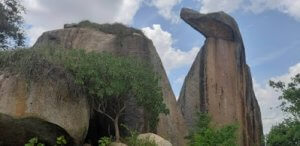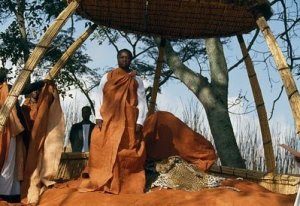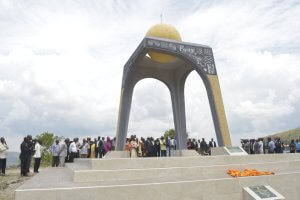Uganda’s Tourism industry has largely been centered around wildlife, water bodies and forests. However, the country is blessed with diverse cultural places with fascinating histories not only told through written records but also through artifacts and stories told by the communities where these sites are found.
Due to globalization, Cultural tourism is one of the largest and fastest-growing tourism activities on global markets. This is because of the uniqueness and distinctiveness these cultural sites carry in the face of globalization.
Modern day tourists are no longer satisfied with just flora and fauna, they want to experience the associated cultures in and around the wildlife, and they are interested in having a greater experience and learning more about the cultural beliefs, languages, the traditional dishes, sociopolitical organization of the local communities.
Uganda is endowed with different Cultural sites which carry different cultural meanings depending on where they are found. These sites are potential tourism attractions because of the rich heritage they carry.
The Mugore Rocks (Amabare ga’Mugore)

The site presents a great culture and heritage experience and dates far back to the Chwezi era and has got a lot of touching history behind it. It is found in Mugore village, Kenshuga sub county Kiruhura district.
At the site, there are big rocks which resemble a bride, groom, best man and matron. While the series of rocks behind them stand like the entourage to the couple.
The bride rock is believed not to be visible directly in the face which is a common practice among the traditional brides in the area.
Naggalabi Coronation Site (Buganda Kingdom Coronation Site)

Naggalabi coronation site is found in Buddo, Wakiso district. The site is very important cultural and historical site because it’s believed that the current Buganda Kingdom is where it was birthed.
At the site, it is where the Kings (Kabakas) of Buganda Kingdom are crowned. There are also the King’s houses where the king stays for three days prior to his coronation day.
There’s also a big tree called “Mbonelede” which is Buganda earlier court that was used for ruling in the pre-colonial era. The tree is believed to be the oldest in the Country.
The Biharwe Eclipse Monument and Igongo Cultural center

The site’s history dates back to the year 1520AD, when a total eclipse of the Sun occurred in the late afternoon and darkness covered the whole area.
The eclipse forced Omukama Olimi I (the then King of Bunyoro kingdom) to abandon the cows, women, and agricultural produce they had plundered from Nkole, Rwanda and Buganda.
The locals named the place “Empenda ya munoni” and the abandoned cows were named “Enduga mwiguru” meaning cows from heaven.
At the monument, there are three pillars that represent the three kings who were contemporaries at the time. These are Kabaka Nakibinge of Buganda, Omukama Olimi I of Bunyoro and Omugabe Ntare I Nyabugarobwera of Nkole.
These and other cultural sites such as The Bigo Bya’Mugyenyi, the Nyero rock paintings, the Amabere ga’Nyinamwiru, Lake Nyabihoko among others are the future of tourism in Uganda and have to be guarded jealously.
